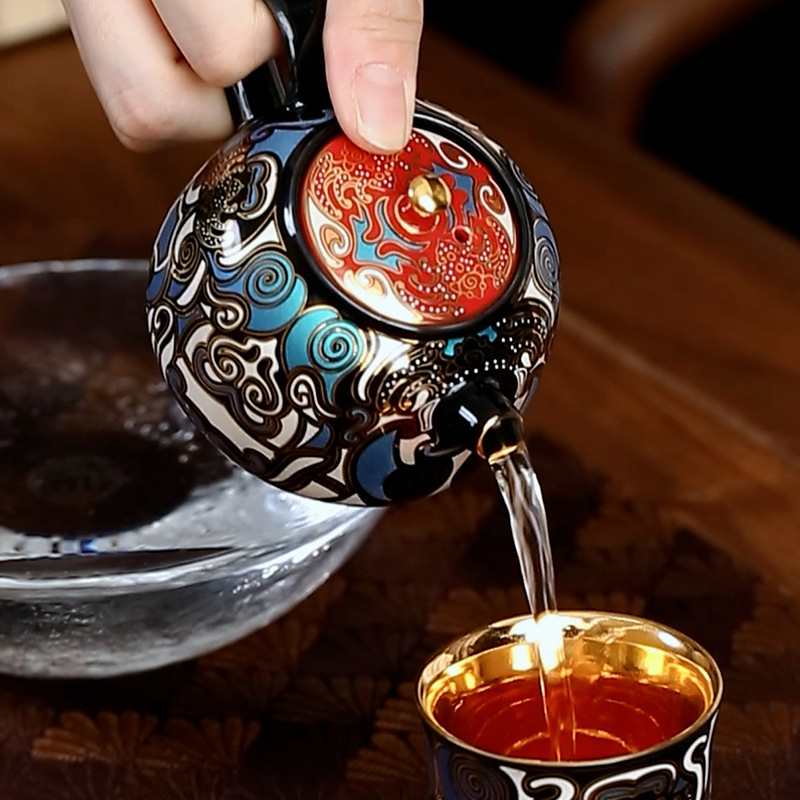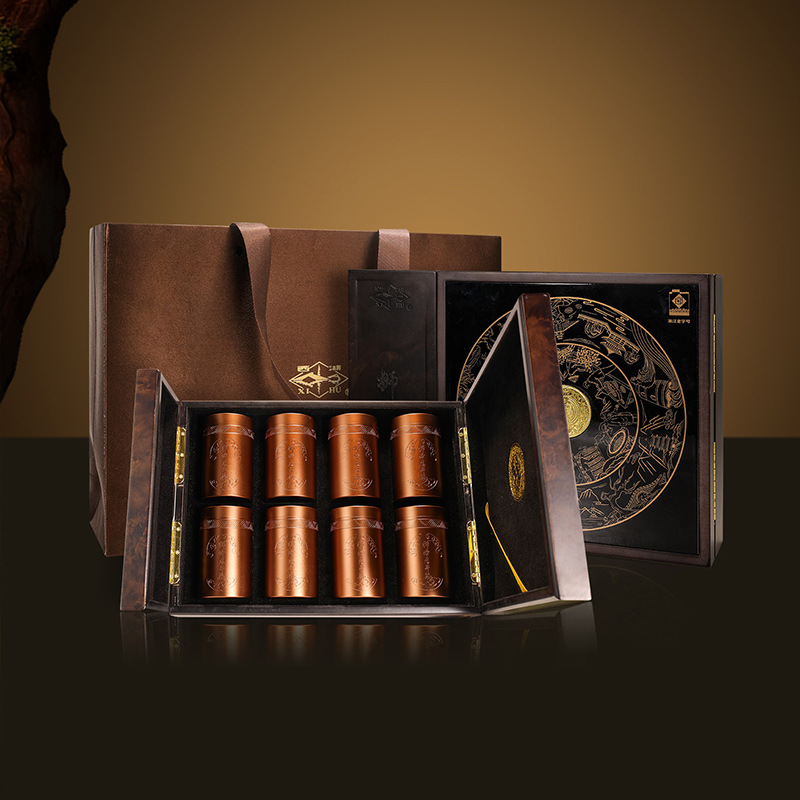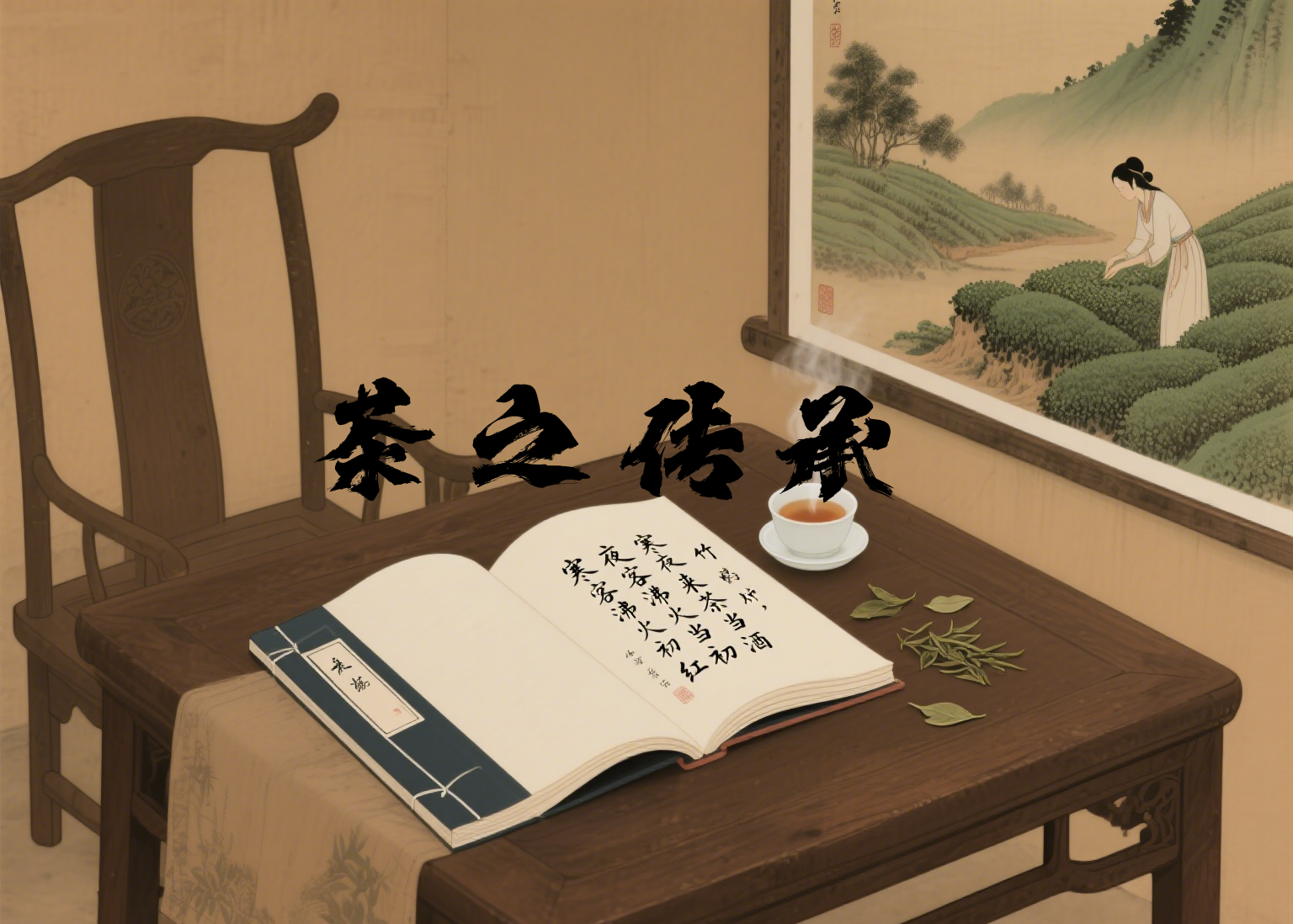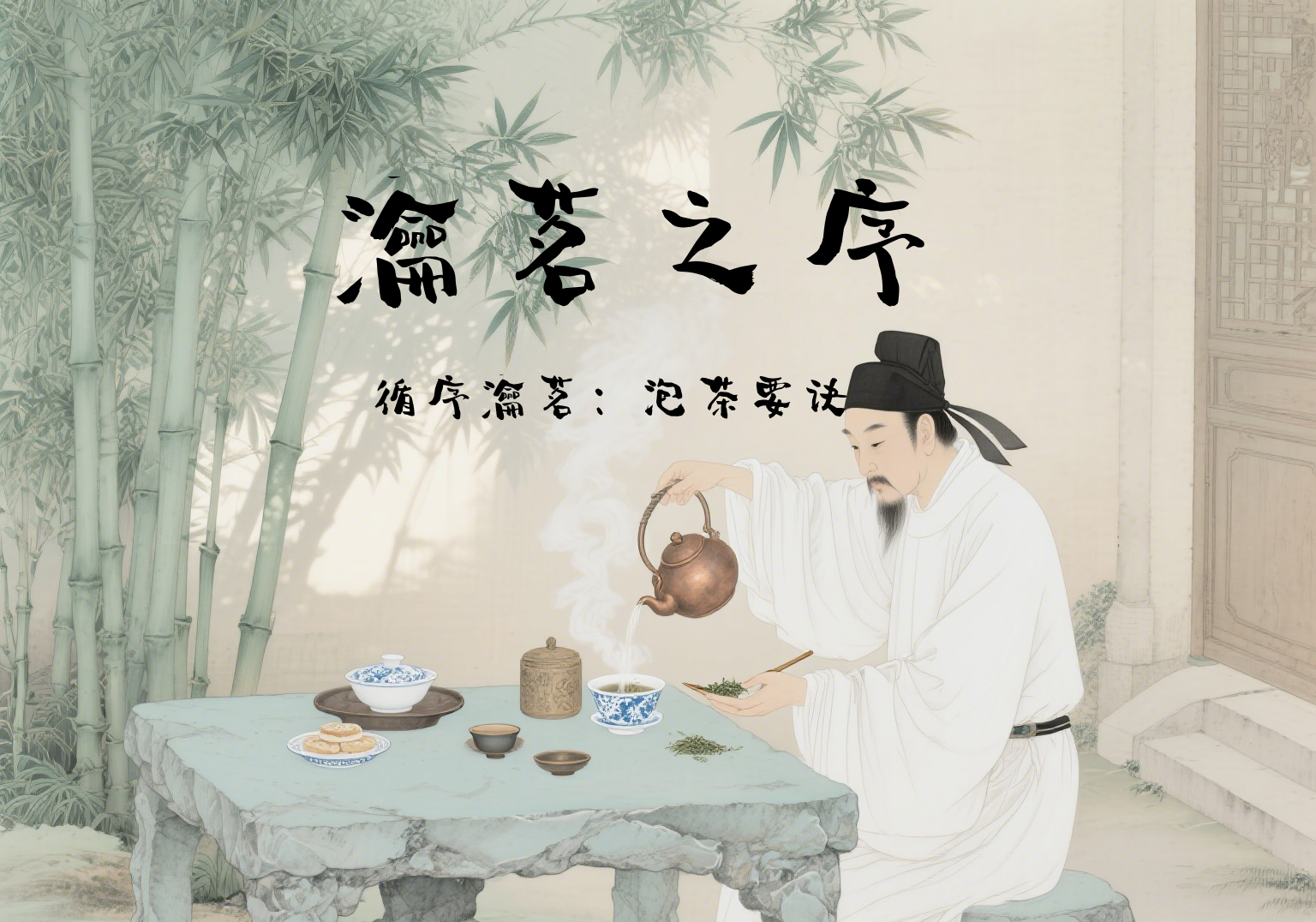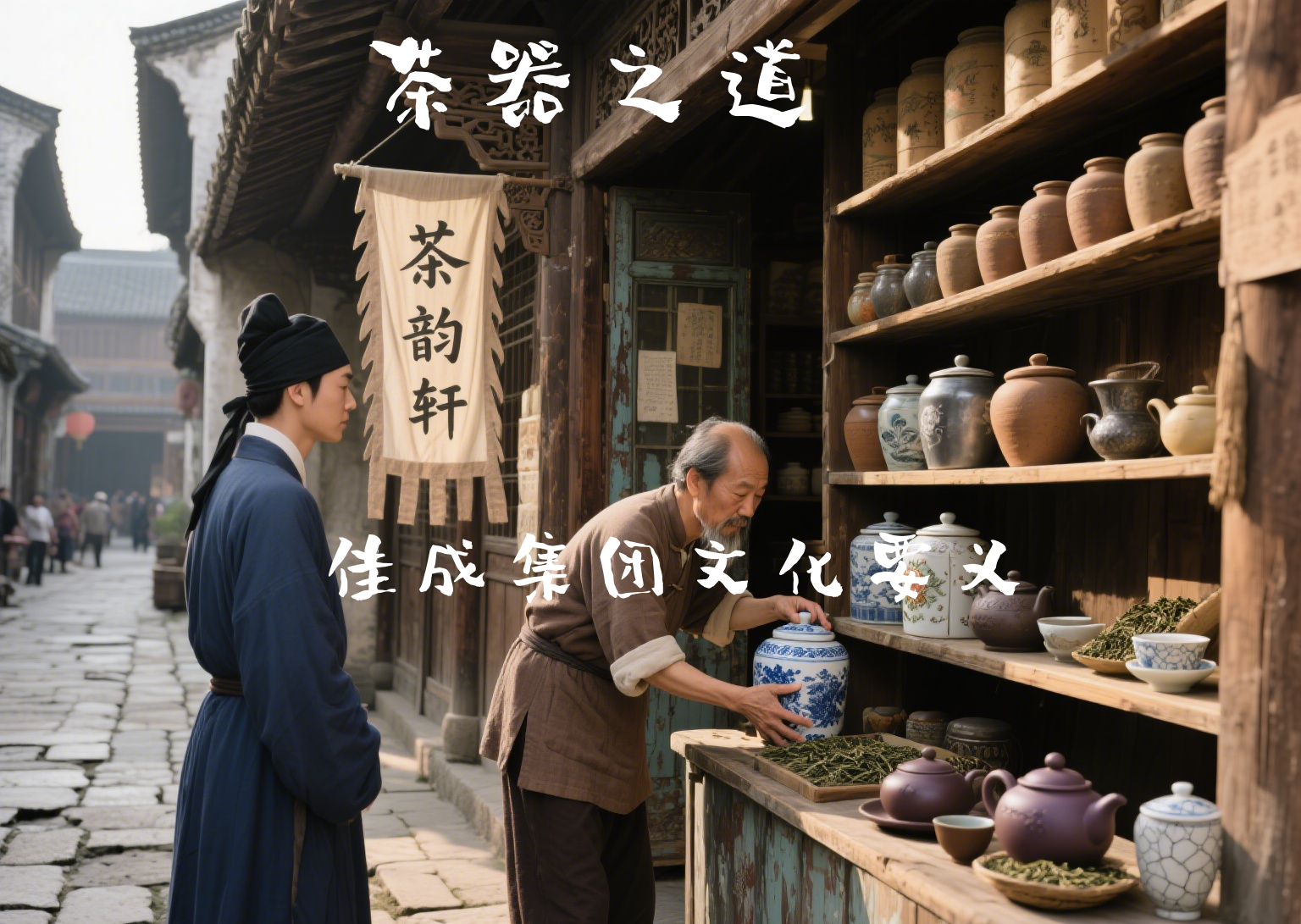The Way of Tea Utensils
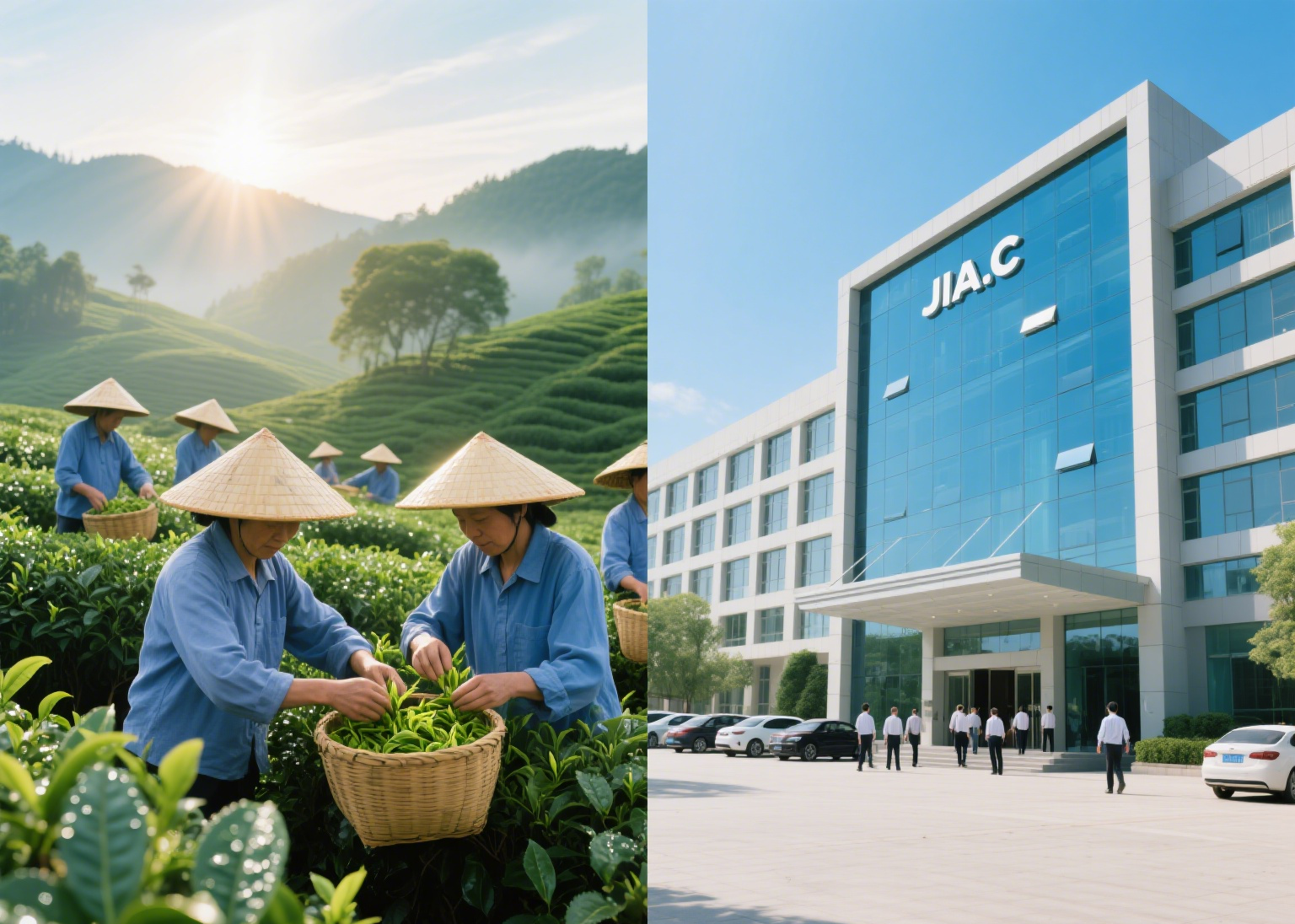 Origin: Reverence for Heaven and Earth, Cherishing of Plants and Trees
Origin: Reverence for Heaven and Earth, Cherishing of Plants and Trees
Since its inception, it has taken "inheriting the spirit of plants and trees and spreading the beauty of utensils" as its foundation. Traversing the mist - covered tea mountains, it selects fresh leaves from the golden tea - growing area at 30° north latitude. Adhering to the principle of "not picking damaged buds and not over - processing", it waits for the spring equinox to pick tea and the grain rain to harvest leaves, so that each tea leaf bears the marks of mountain breeze and morning dew. Regarding tea sets, it visits the purple sand mines in Huanglong Mountain and the white porcelain kilns in Dehua, selects natural raw materials, and follows the principle of "while materials are finite, craftsmanship is infinite", making every bit of sand and soil into utensils, carrying the warmth of handicrafts.
Ingenuity: Following Ancient Methods, Integrating New Knowledge
Firmly believing that "tea has its nature, and utensils have their spirit", when making tea, it strictly adheres to the principle of "70% ancient methods and 30% improvement". The withering of Longjing tea requires three hours of sunlight, and the piling of Pu'er tea must wait for 49 days, not going against the nature of tea. When making utensils, it gathers three generations of craftsmen. Shaping purple sand requires the strength of thousands of pats, and painting blue - and - white porcelain requires ten years of practice. Moreover, it uses modern technology to calibrate the kiln temperature and detect pesticide residues, rejuvenating traditional techniques in the contemporary era. Each type of tea and each utensil is attached with a "craftsman roster", recording the picking and production time and the stories of the workshop, enabling consumers to know their origin and feel the dedication.
Mission: Promoting Tea Affairs, Spreading Elegant Rhymes
Taking "making tea sets enter daily life and integrating elegant tastes into life" as its mission. It sets up "tea - class gatherings", teaching ordinary people to recognize the shape and color of tea, learn brewing methods, and solve the confusion of "difficulty in brewing good tea". It opens "utensil - using schools", teaching the methods of caring for purple sand pots and protecting the glaze of porcelain cups, dispelling the worry of "difficulty in preserving beautiful utensils". Deeply believing that tea sets are not just commodities but a medium connecting humans and nature - holding a cup of spring tea, one can observe the tea buds stretching like dancing; holding an old pot, one can feel the sand breathing like whispering. It hopes to use tea as a medium and utensils as a bridge, enabling more people to understand the life philosophy of "slowly savoring time" in every brewing and sipping.
Vision: Preserving Authenticity, Achieving Long - term Development
Not seeking short - term benefits, but only aiming for the reputation of a "century - old tea shop". It promises to allocate one - third of each revenue to support the tea mountains, plant tea trees, repair ancient roads, and cultivate an "ever - renewable" ecological tea garden. Every year, it accepts ten disciples of intangible cultural heritage craftsmen, ensuring that techniques such as purple sand shaping and celadon pot - pulling will not be lost. It hopes to be like aged Pu'er tea, precipitating richness in time; like handed - down purple sand, developing a gentle luster over the years. It wishes to share this "once - in - a - lifetime encounter" with tea lovers, allowing the Oriental tea - set culture to flow on continuously.
